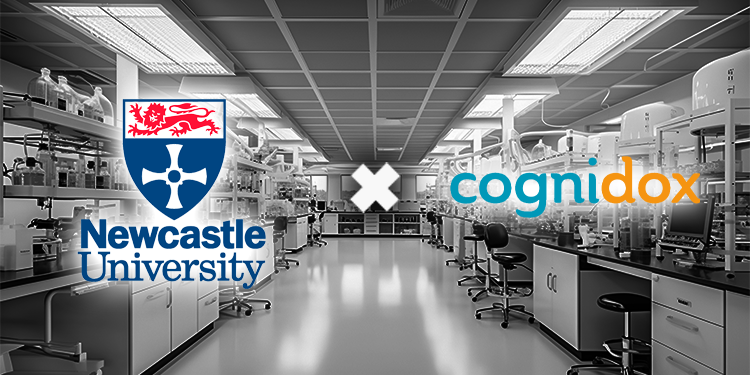- 9 questions you need answered
- How long will it take to get up and running?
- Does it come with the right SOPs and compliance workflows?
- Is it flexible?
- Do FDA 21 CFR part 11 compliant e-signatures come as standard?
- How does the system support design controls?
- Is it scalable?
- How much will it really cost?
- Can I get a reference?
- Can I try before I buy?
- Conclusion
9 questions you need answered
So, you’ve decided to grab the bull by the horns and invest in a brand-new eQMS.
You may have outgrown your existing paper system and be looking to automate and accelerate the way you work.
You may have struggled to streamline your quality management process with Dropbox, One Drive and email. Or you may already have been driven crazy by an expensive, inflexible eQMS everyone in your business hates.
But deciding to commit to a new eQMS may still feel like a risk.
After all, there are many solutions out there, and everybody seems to promise the most intuitive software and the smoothest path to regulatory approval. They can’t all be the best.
So, what’s the difference between them all?
- How can you choose the right system to support a scaling life science company?
- And how can you make sure you don’t get locked into an expensive mistake?
Here are nine key questions you should ask every vendor to secure the levels of governance you need and the flexibility you want from an eQMS solution.
"The risk with many eQMS is that they are over-complicated and difficult to customize. Life science eQMS often come with one-size-fits-all templates, which demand developers work in particular ways that often aren’t even demanded by the regulation."
Shaun Knights, Callaly
1. How long will it take to get up and running?
One of the most important considerations for those adopting a new eQMS is how long it will take to get existing data into a new system and have everyone in your business use it.
Not every business has a dedicated quality management team ready and waiting to migrate existing documents to a brand new system. So, bear in mind the amount of internal resource you'll need available to configure the solution.
Ideally, with some support from your vendor and a third-party consultant, you should be able to configure and migrate a new system in a matter of days or weeks.
But shifting to some closed-loop quality systems can take months or longer. For example, the Qualio eQMS requires you to set up your quality documentation using their own native document editor rather than the Microsoft tools that most businesses are familiar with.
That represents a lot of effort. Just think - you may already have created hundreds of quality documents in Word or Excel. Have you got the capacity to transcribe their contents into a brand new format?
Also, bear in mind that the more quality documents you convert into a third-party system format, the more difficult it will be to extricate your company from the software if the partnership doesn’t work out.
The right eQMS lets you use everyday tools like Word, Excel, PPT and Visio to build out the digital solution that works for you:
- No complicated CAPA and other procedures that you have to adapt to.
- No complex configuration with unfamiliar tools.
- No changing your process to meet the demands of your vendor’s software.
Medical device developers Coalesce decided to apply for certification against ISO:13485;2016, and had their first audit conducted by BSI within 2 months of going live with their Cognidox eQMS. You can read more about their journey to flawless life science audits here

.png?width=250&height=250&name=Untitled%20design%20(3).png)









%20(1).webp?width=133&height=76&name=ISO%20IEC%2027001%20(1)%20(1).webp)